Kengo Kuma and Associates’ OMM throws open its doors in Turkey
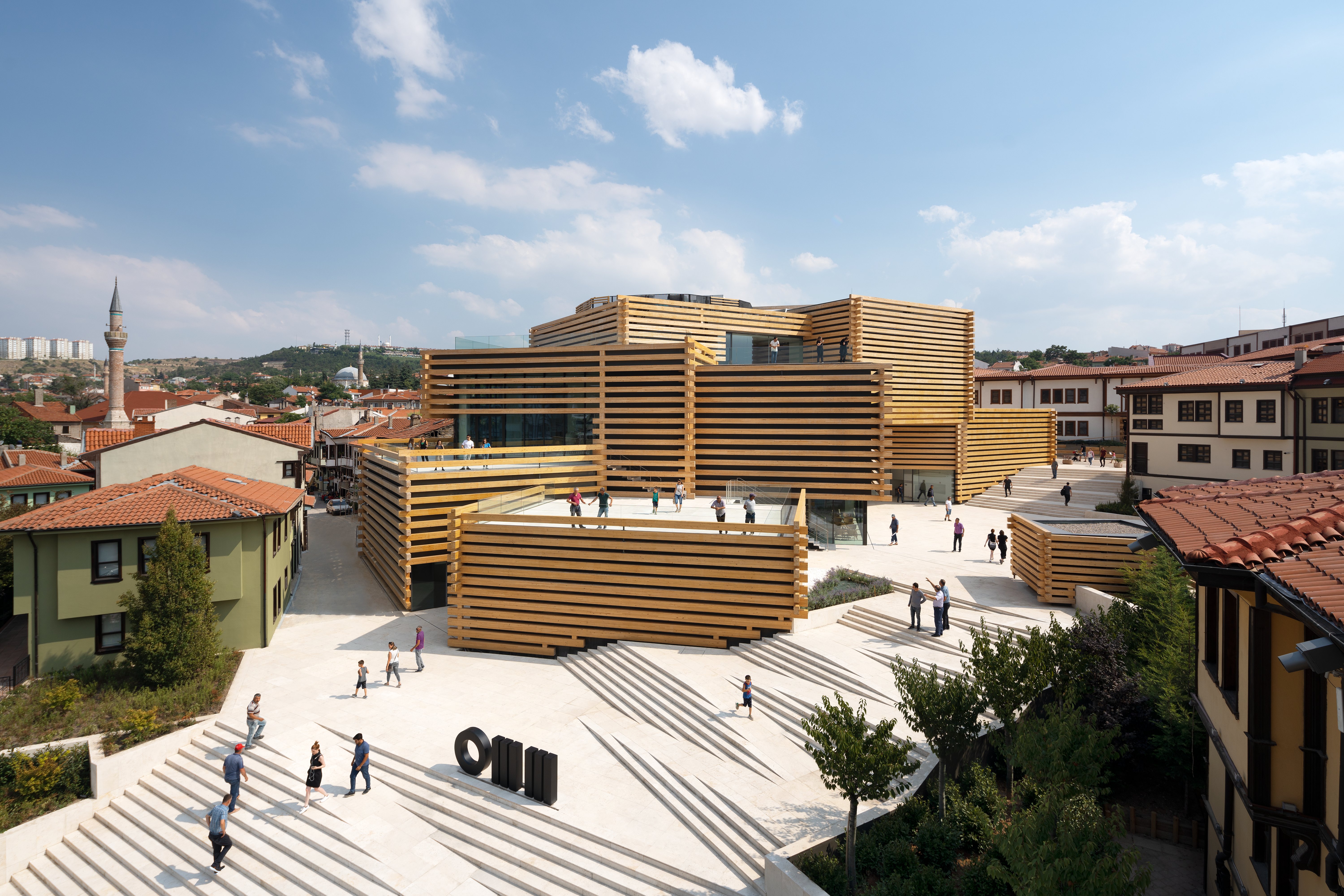
Since Frank Gehry’s Guggenheim docked on the Spanish shores of Bilbao 22 years ago, cities across the world have tried to emulate its success, attempting to cash in on the ‘Bilbao effect’. For some, this endeavour didn't yield the desired results: Santiago Calatrava’s City of Arts and Sciences and Opera House almost bankrupted Valencia, while it could be argued that the Centre Pompidou-Metz, France designed by Shigeru Ban and Will Alsop’s The Public in West Bromwich, England have fallen well short of regeneration hopes and dreams.
Still, however, those dreams live on. The Scottish city of Dundee commissioned Kengo Kuma Associates (KKAA) for the V&A Dundee and, despite being snubbed for this year’s Stirling Prize, the museum has enjoyed early success, attracting 500,000 since opening a year ago almost to the day. Indeed it was this project and KKAA’s Nezu Museum in Tokyo which persuaded Turkish businessman Erol Tabanca to approach the Japanese practice for a museum of his own, the Odunpazarı Modern Museum (OMM), in his hometown of Eskişehir, a city located between Istanbul and Ankara.
Of the criticisms thrown at those chasing the Bilbao effect is that buildings are alien to their context, keeping the rest of the ‘to-be regenerated’ city at arm’s length. KKAA has avoided this, eschewing a site in a park outside the city in favour of one in the centre nestled in to a quarter of 18th and 19th century Ottoman-style buildings.
The press pictures here show OMM’s 4,500 sq m worth of massing as a series of large boxes, each bound by interlocking timber beams. You could say it mimics giant jenga set. (Eskişehir, home to three universities, is a student city after all). However, approach from the South, navigating the narrow Depboy Street and the museum sneaks up on you, coming into view at the last minute. The result is a delightful birth into a bright, open, public space that cascades down towards the main road, Ataturk Boulevard.
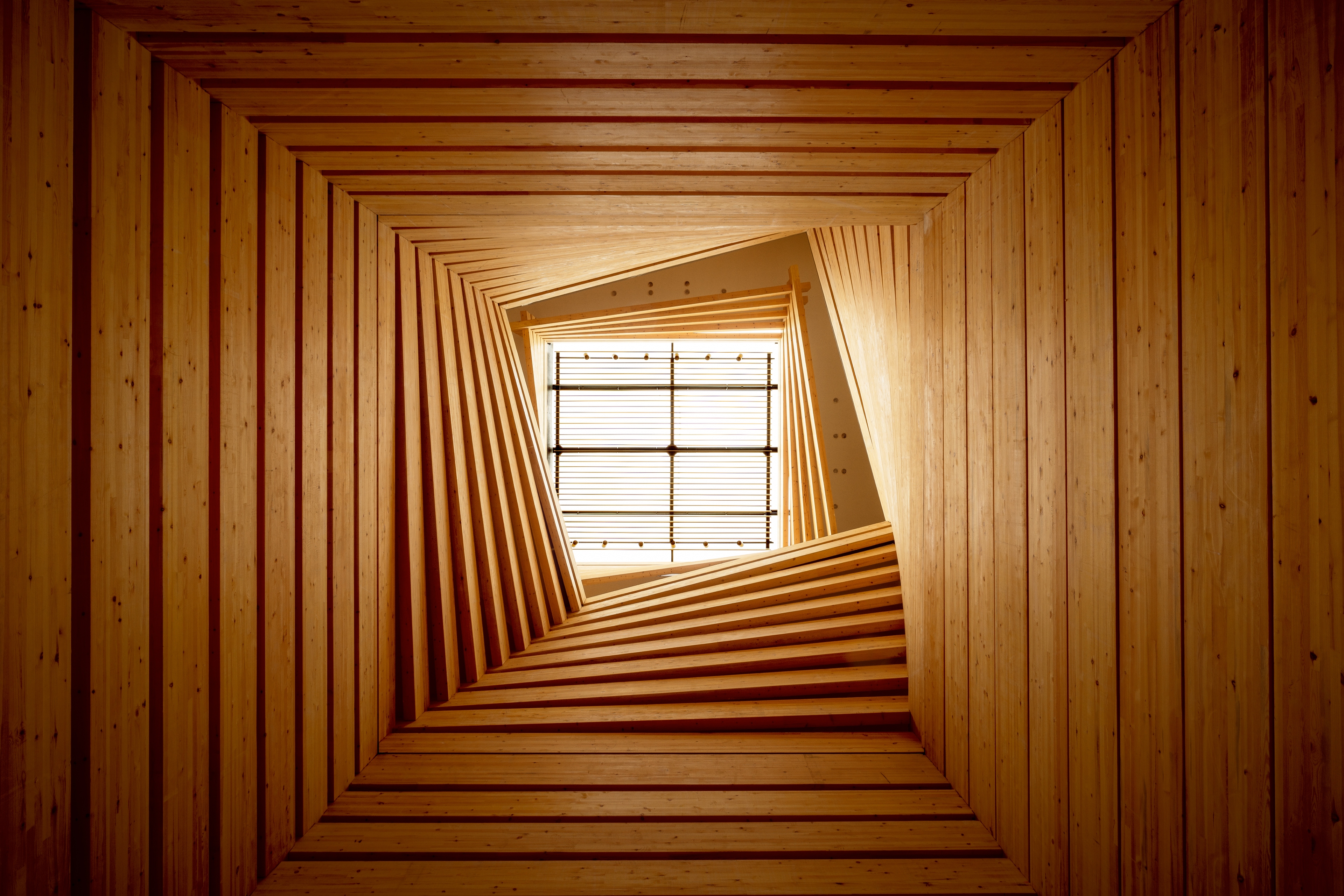
A light-well that serves as the building’s structural core.
But why so much wood? Odunpazarı translated into English means ‘wood market’ and that’s what the area was until the early 20th century. KKAA took this cue and ran with it, employing Yellow Pine imported from Siberia to form 11 ‘boxes’ which host nine exhibition spaces.
‘We were also inspired by the [surrounding] wooden cantilevered houses from the Ottoman era,' Yuki Ikeguchi, the partner leading the project KKAA, says. ‘We wanted to balance scales by breaking down [spaces] into smaller aggregations and putting them together and stacking the volumes creates a series of terraces.'
More timber can be found inside too: steps will be used as bleachers, a move, which Ikeguchi ‘brings the plaza inside', allowing for what is essentially the museum’s lobby to host public events.
At the centre of the museum is a light-well, which serves as the building’s structural core. Spanning the museum’s three floors, the space hosts films (with a projection screen) and is ensconced by more Yellow Pine which gently rotate around it. From these rotations the museum’s exhibition spaces are splayed.
‘We were fortunate to be allowed to explore the possibility of arranging exhibition spaces', Ikeguchi remarked. ‘We didn't have many specific requirements for how many rooms and how big each should be… Other museums, like at the V&A, had very fixed ideas as to how exhibition spaces should be. With this one we had the opportunity to really truly explore each one of the spaces in different proportions.'
The largest exhibition ‘box’ hosts a site-specific work by Japanese bamboo artist Tanabe Chikuunsai IV — an intricate, eight-by-six metre installation that appears to travel from the wall and into the floor. OMM’s 87 other artworks however, are mostly from young Turkish artists, the works coming from Tabanca’s collection.
Trained as an architect, Tabanca’s aim is to exhibit his collection outside Istanbul in his own city in a space that is as interesting architecturally as the art inside. So far, all is going to plan.
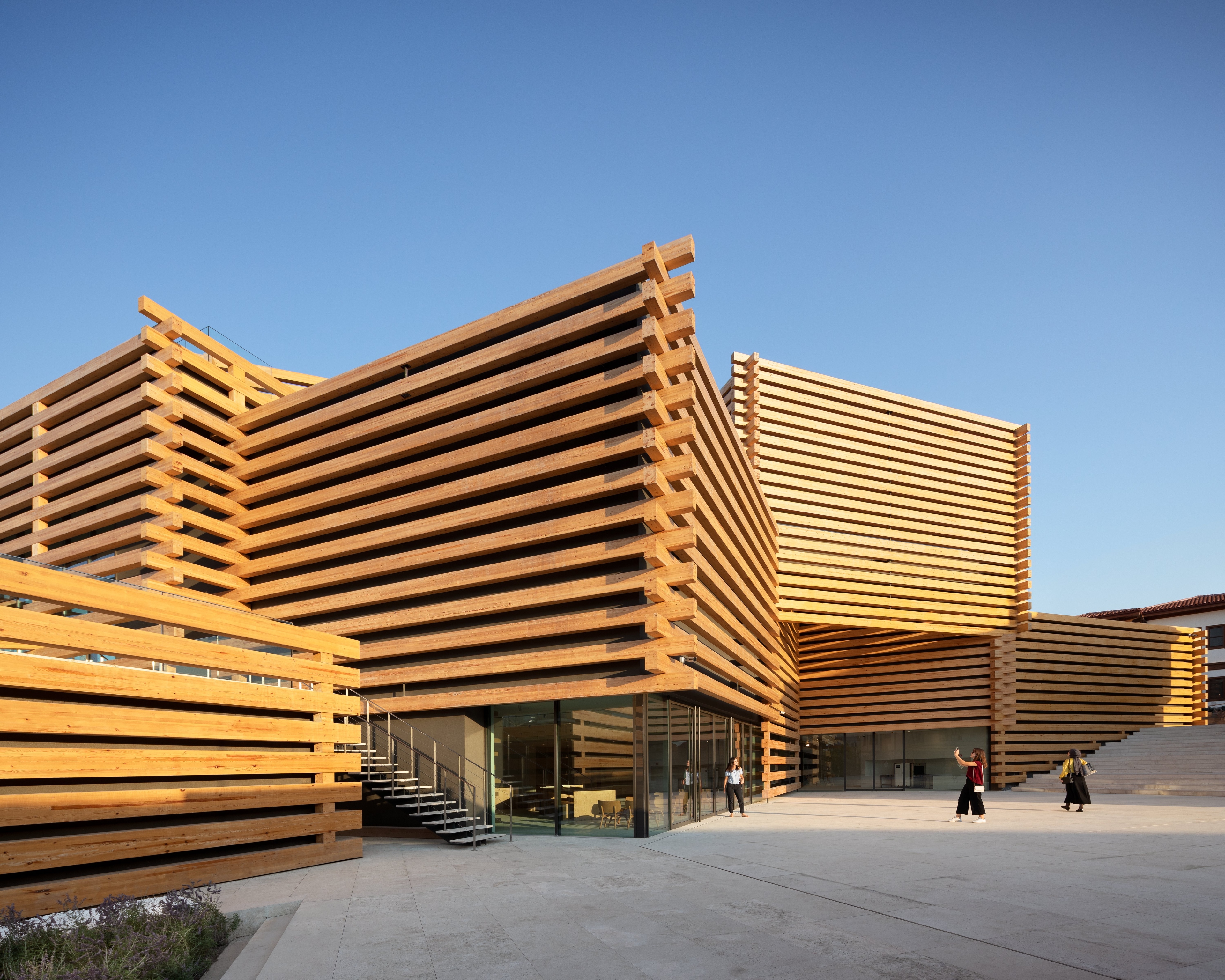

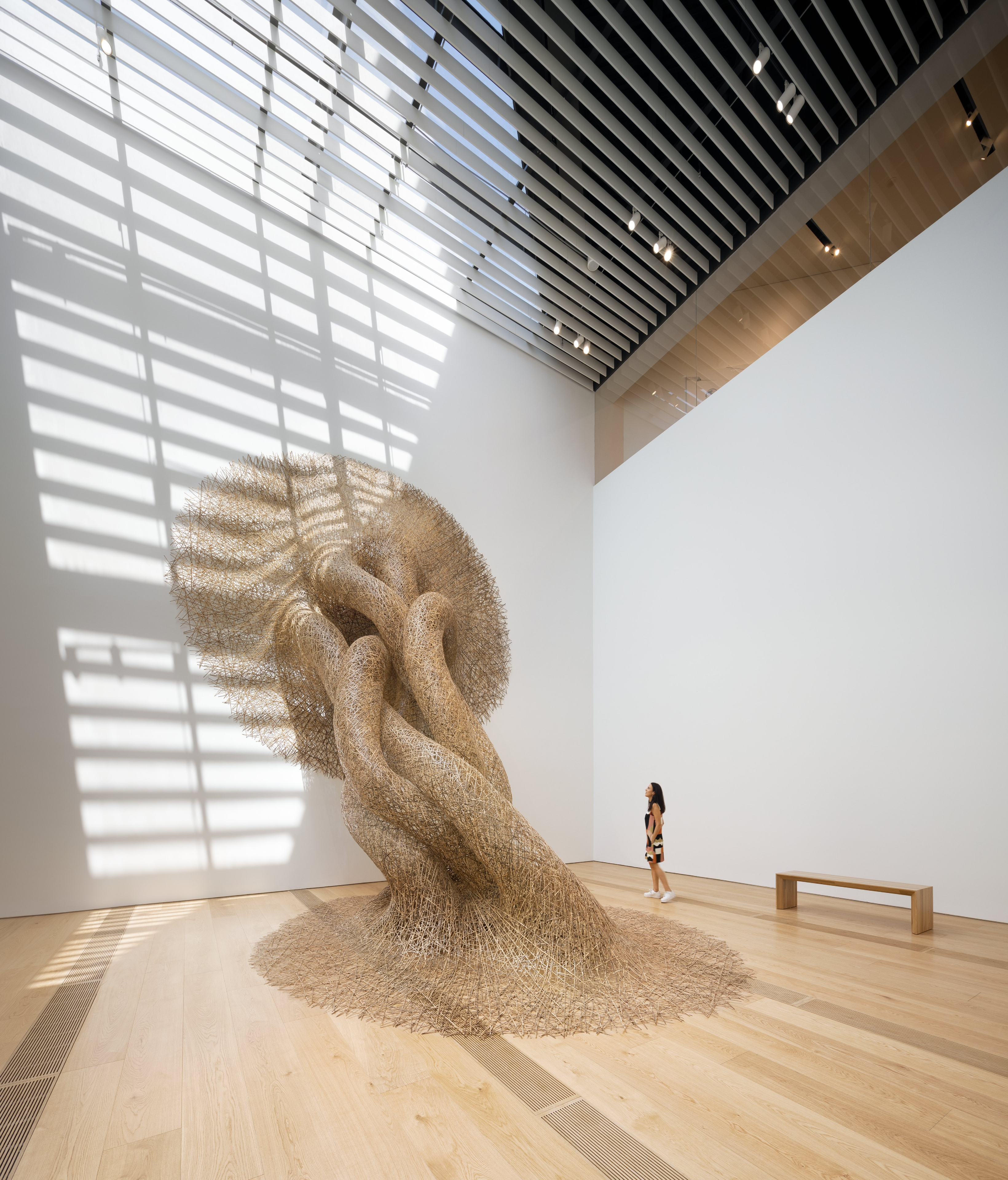
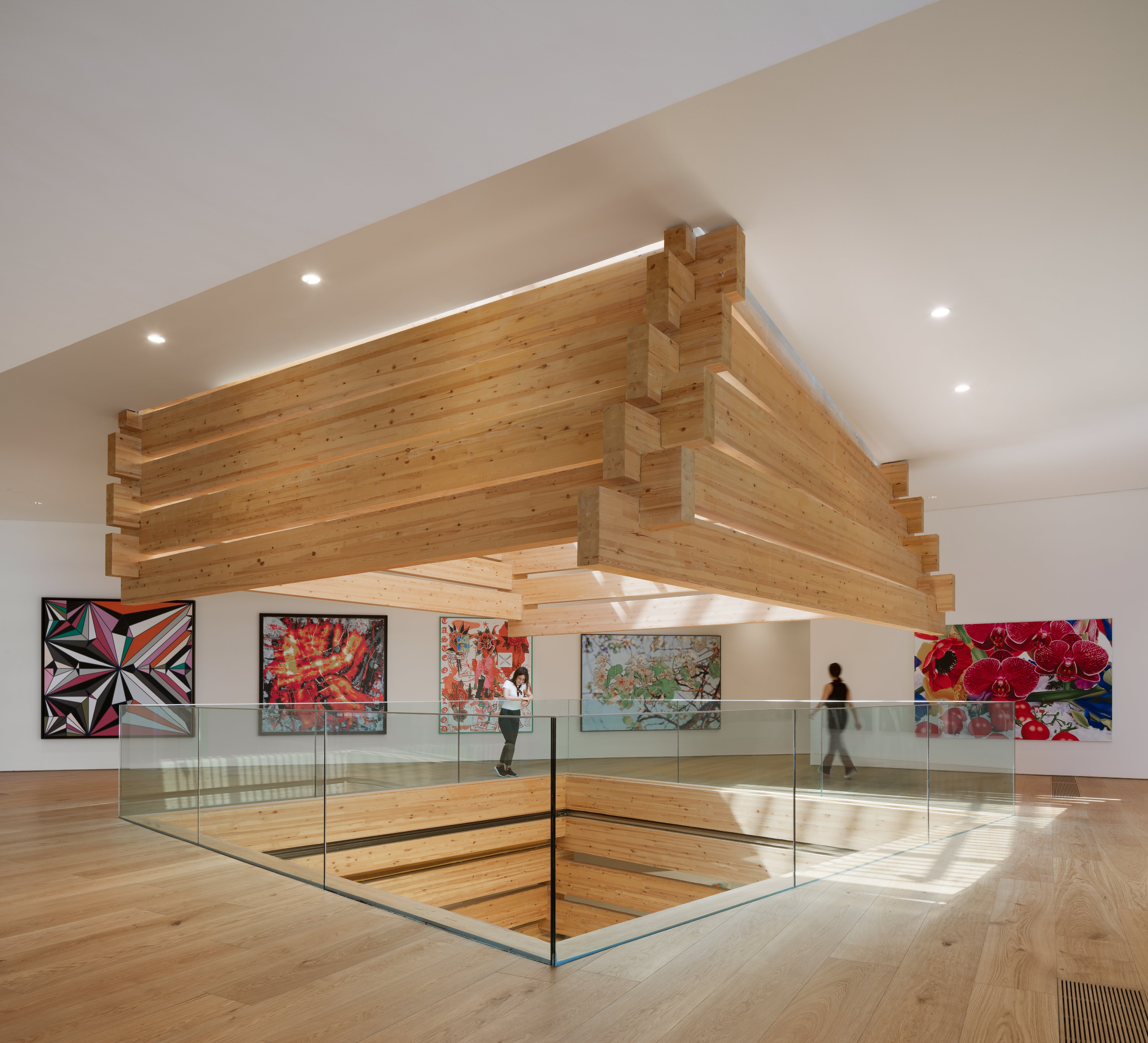
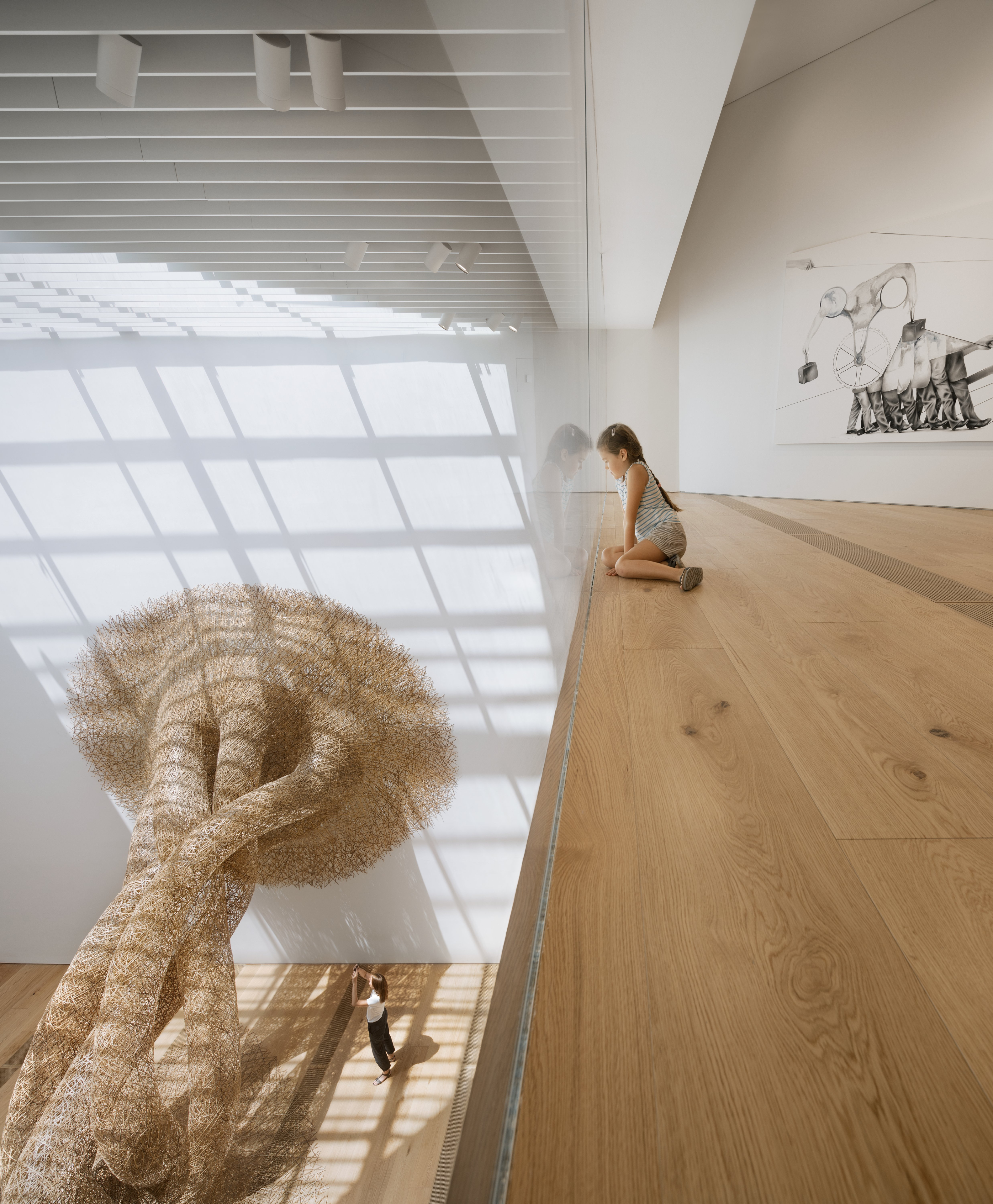
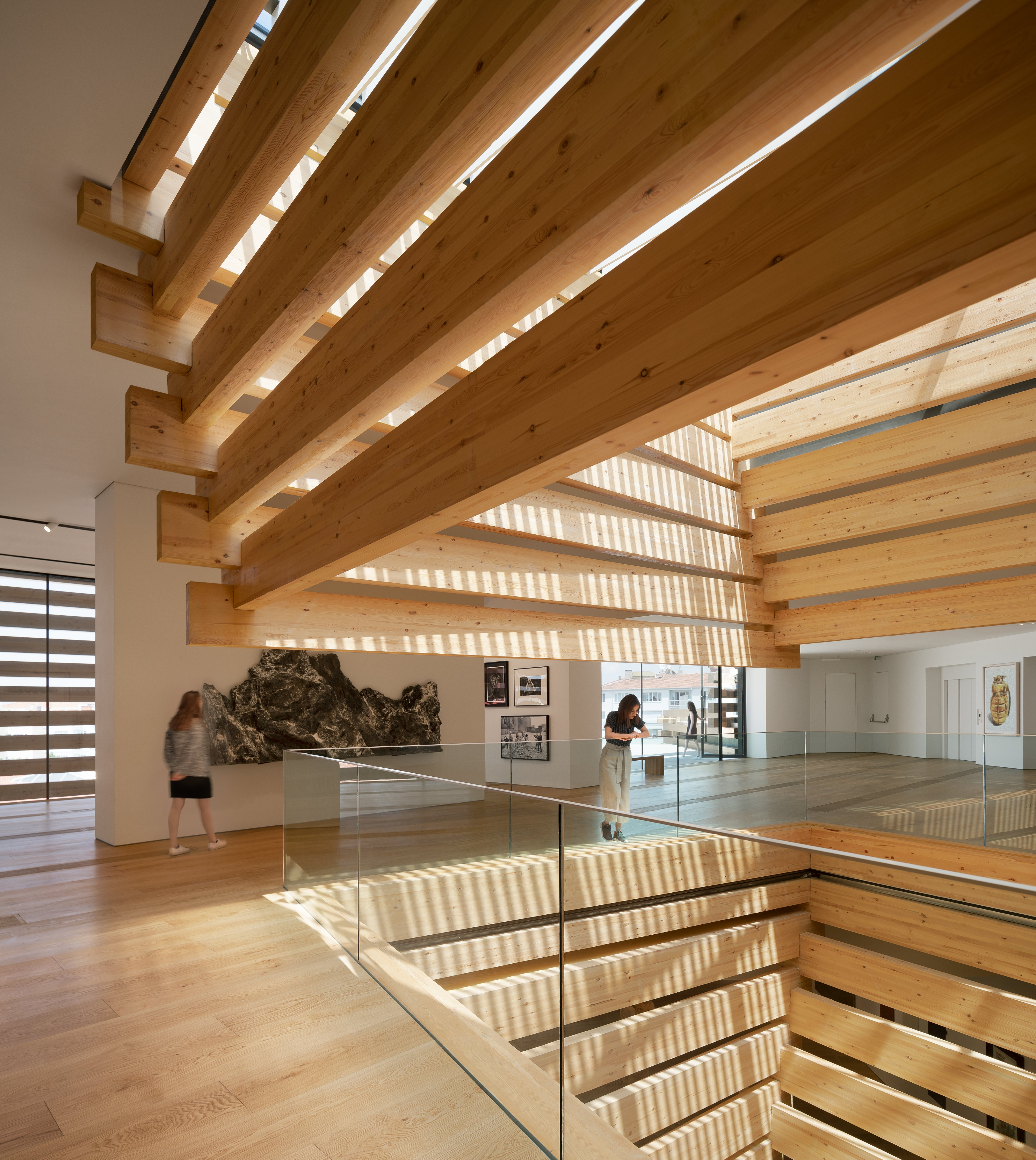
INFORMATION
Receive our daily digest of inspiration, escapism and design stories from around the world direct to your inbox.
-
 Design Miami announces Dubai collectible design platform in collaboration with Alserkal
Design Miami announces Dubai collectible design platform in collaboration with AlserkalThe new platform will honour the region’s cultural heritage while highlighting its spirit of innovation
-
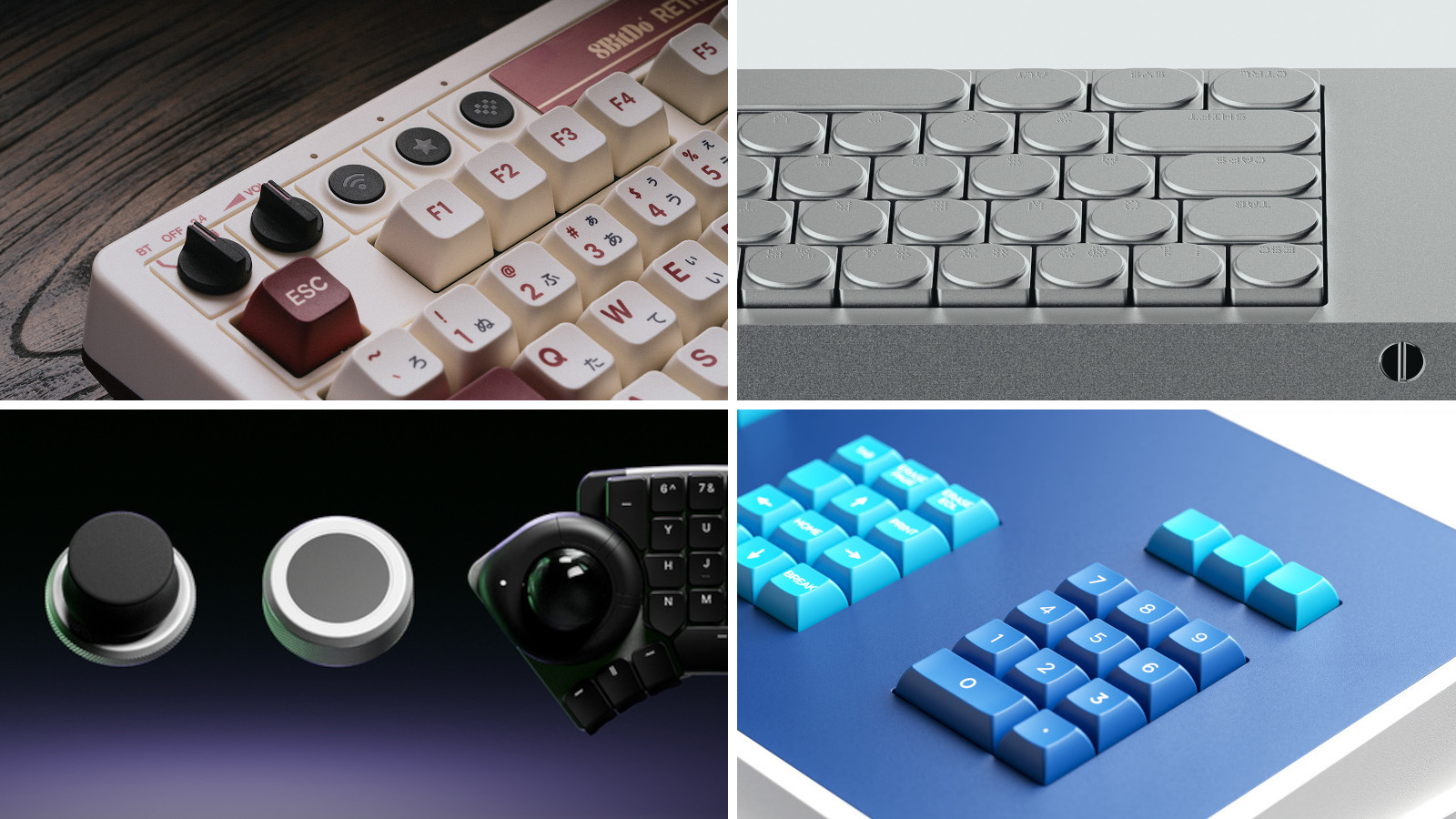 Four new keyboards are fresh and functional desktop companions
Four new keyboards are fresh and functional desktop companionsMechanical keyboards are all the rage, bringing with them new ways of personalising your desktop. We’ve found four devices that hark back to the early days of computing
-
 RBW EV brings a much-loved classic sports car aesthetic into the modern era
RBW EV brings a much-loved classic sports car aesthetic into the modern eraThe RBW Roadster and GT hark back to a golden age of sports car design. Under the skin, these British-built machines feature bespoke all-electric running gear
-
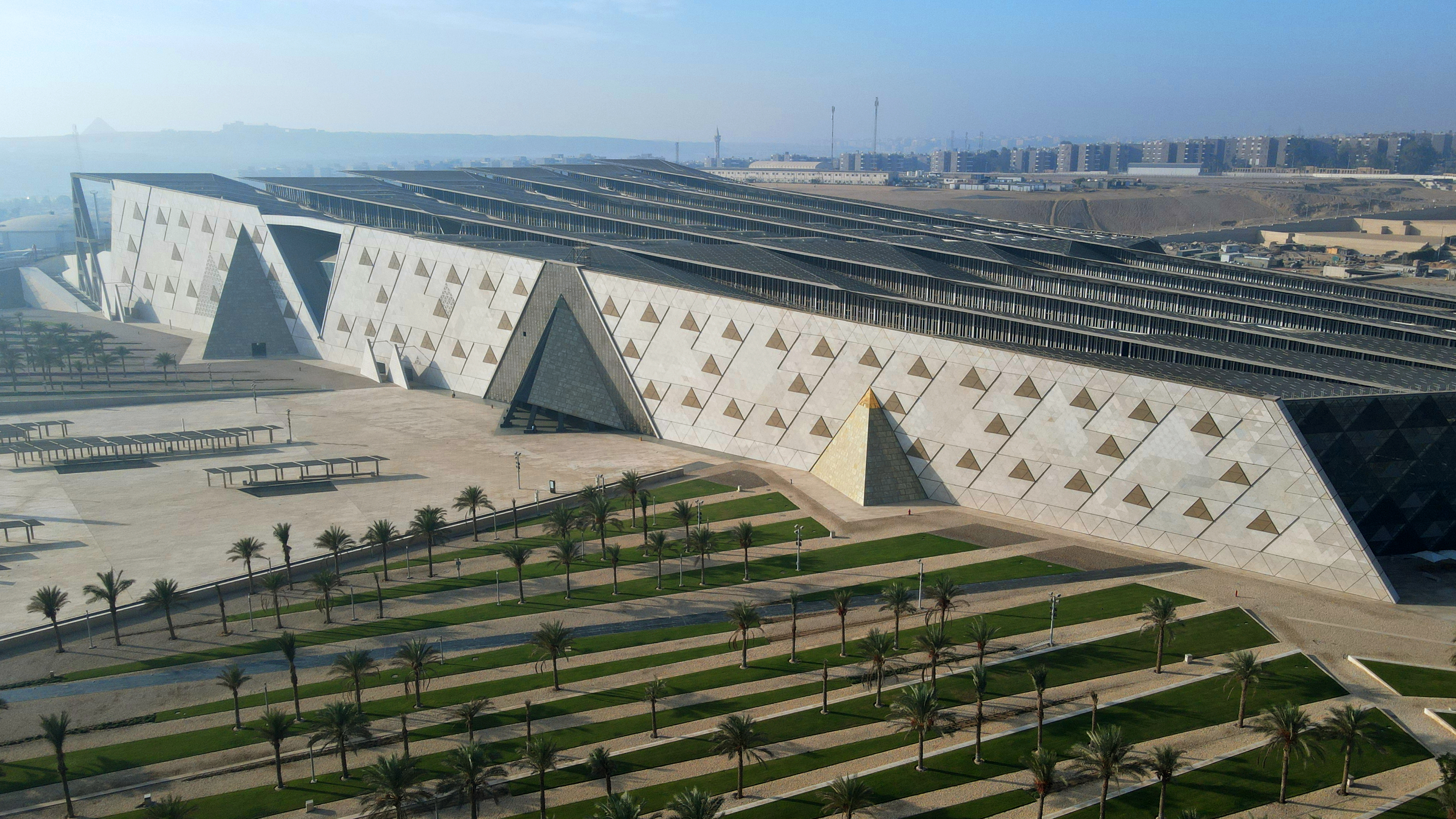 The Grand Egyptian Museum – a monumental tribute to one of humanity’s most captivating civilisations – is now complete
The Grand Egyptian Museum – a monumental tribute to one of humanity’s most captivating civilisations – is now completeDesigned by Heneghan Peng Architects, the museum stands as an architectural link between past and present on the timeless sands of Giza
-
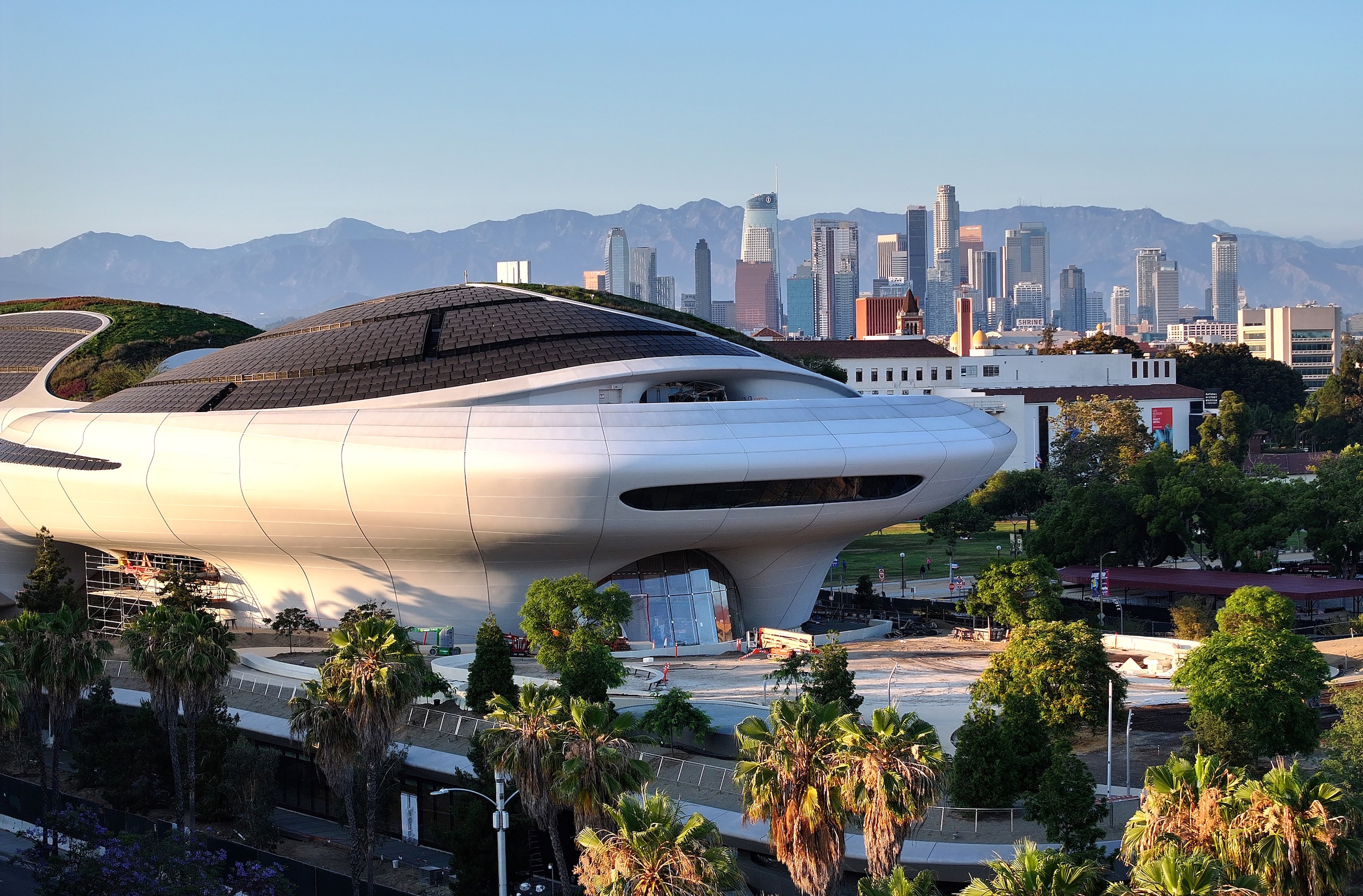 George Lucas’ otherworldly Los Angeles museum is almost finished. Here’s a sneak peek
George Lucas’ otherworldly Los Angeles museum is almost finished. Here’s a sneak peekArchitect Ma Yansong walks us through the design of the $1 billion Lucas Museum of Narrative Art, set to open early next year
-
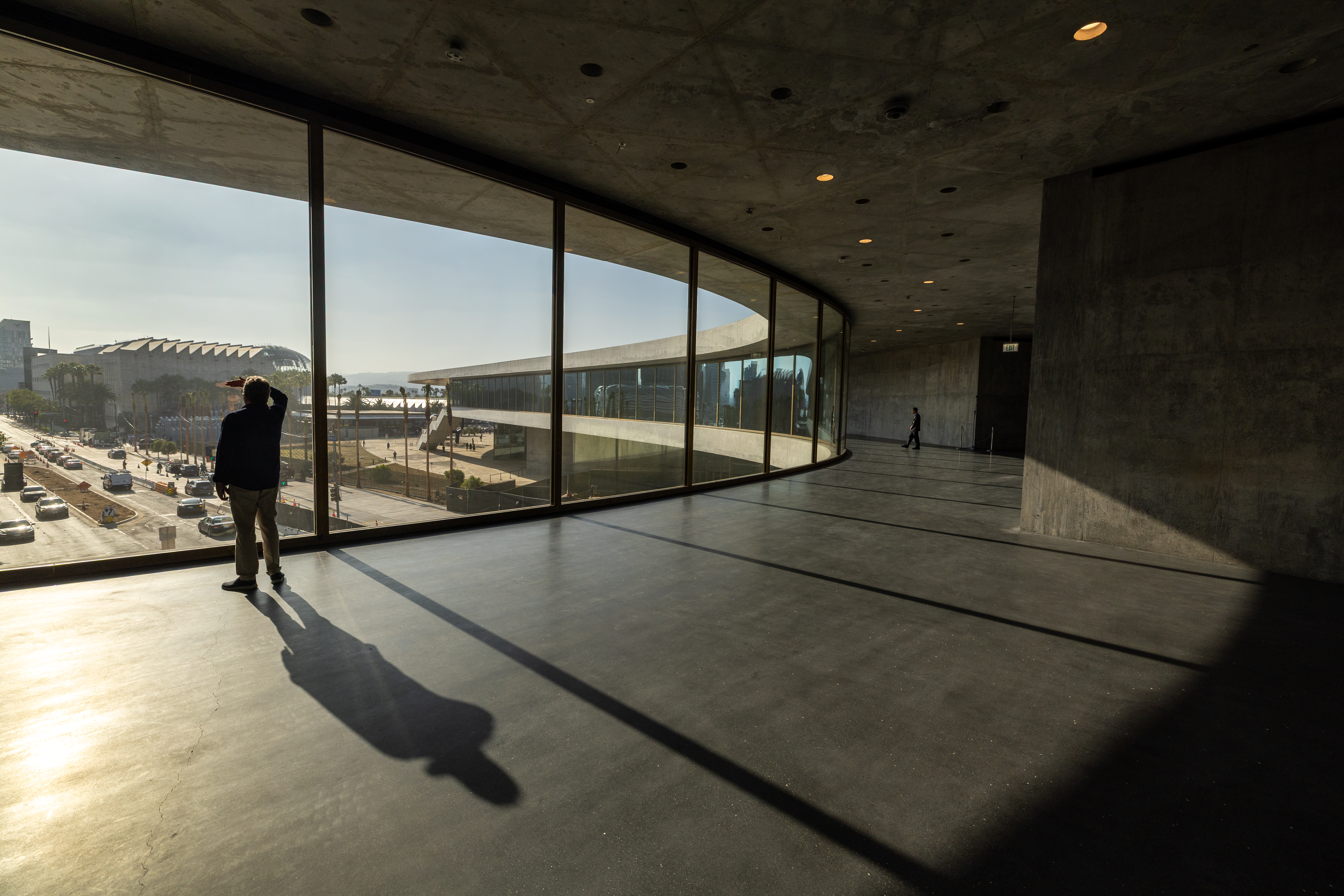 The great American museum boom
The great American museum boomNine of the world’s top ten most expensive, recently announced cultural projects are in the US. What is driving this investment, and is this statistic sustainable?
-
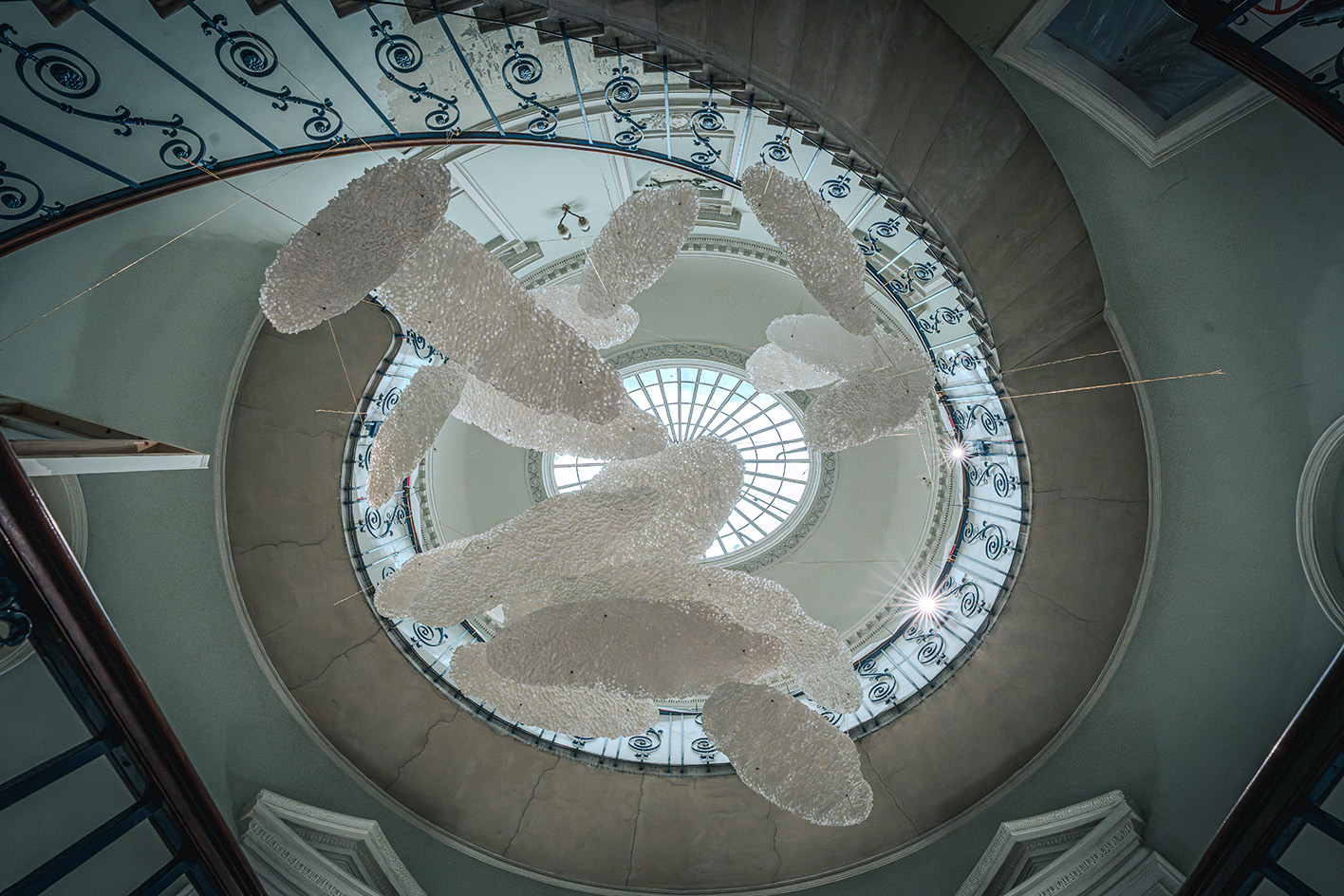 Kengo Kuma’s ‘Paper Clouds’ in London is a ‘poem’ celebrating washi paper in construction
Kengo Kuma’s ‘Paper Clouds’ in London is a ‘poem’ celebrating washi paper in construction‘Paper Clouds’, an installation by Japanese architect Kengo Kuma, is a poetic design that furthers research into the use of washi paper in construction
-
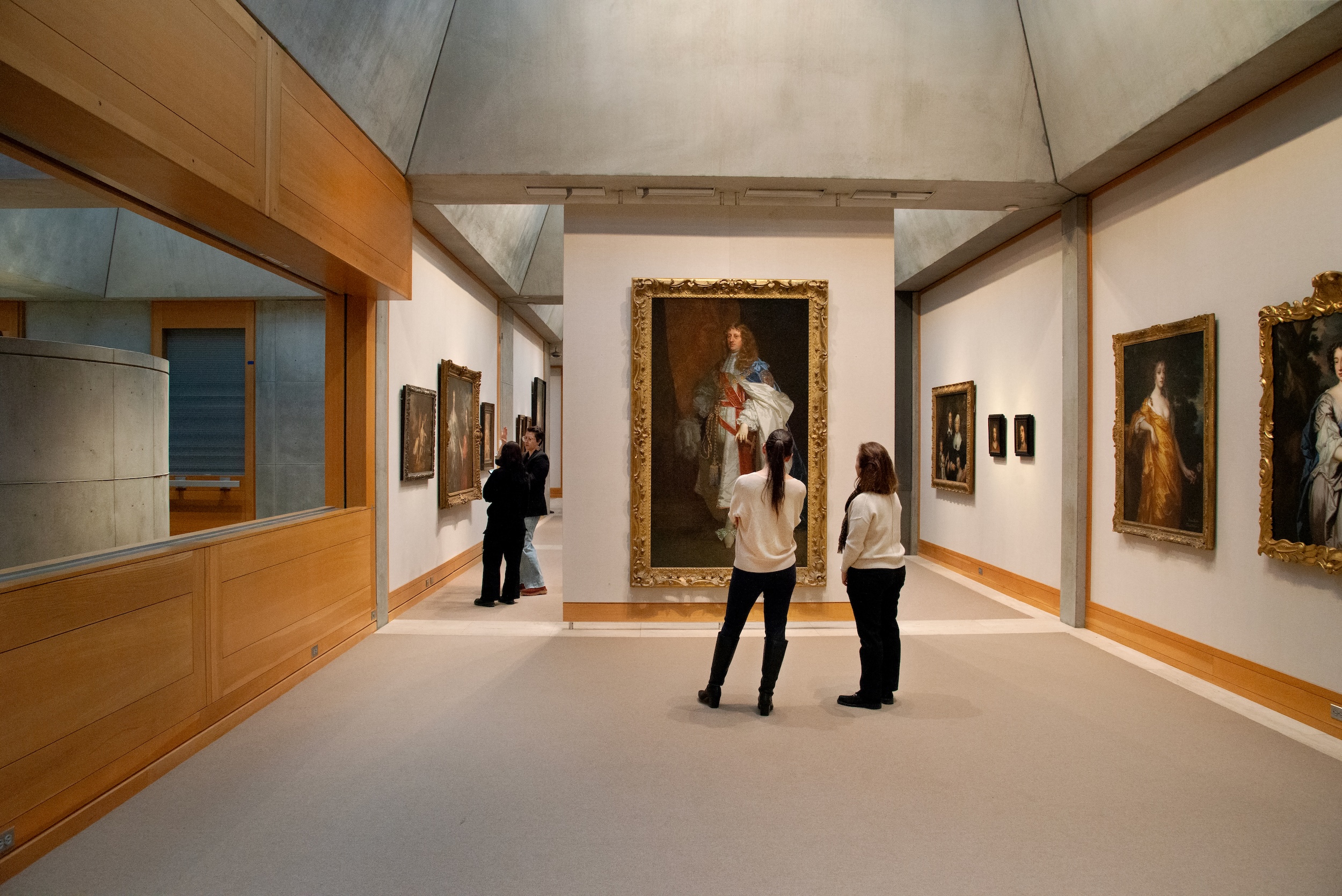 The Yale Center for British Art, Louis Kahn’s final project, glows anew after a two-year closure
The Yale Center for British Art, Louis Kahn’s final project, glows anew after a two-year closureAfter years of restoration, a modernist jewel and a treasure trove of British artwork can be seen in a whole new light
-
 You’ll soon be able to get a sneak peek inside Peter Zumthor’s LACMA expansion
You’ll soon be able to get a sneak peek inside Peter Zumthor’s LACMA expansionBut you’ll still have to wait another year for the grand opening
-
 NYC's The New Museum announces an OMA-designed extension
NYC's The New Museum announces an OMA-designed extensionOMA partners including Rem Koolhas and Shohei Shigematsu are designing a new building for Manhattan's only dedicated contemporary art museum
-
 Tsing-Tien Making's approach is rooted in its 'passion' for architecture
Tsing-Tien Making's approach is rooted in its 'passion' for architectureTsing-Tien Making, a young Chinese practice, joins the Wallpaper* Architects’ Directory 2024